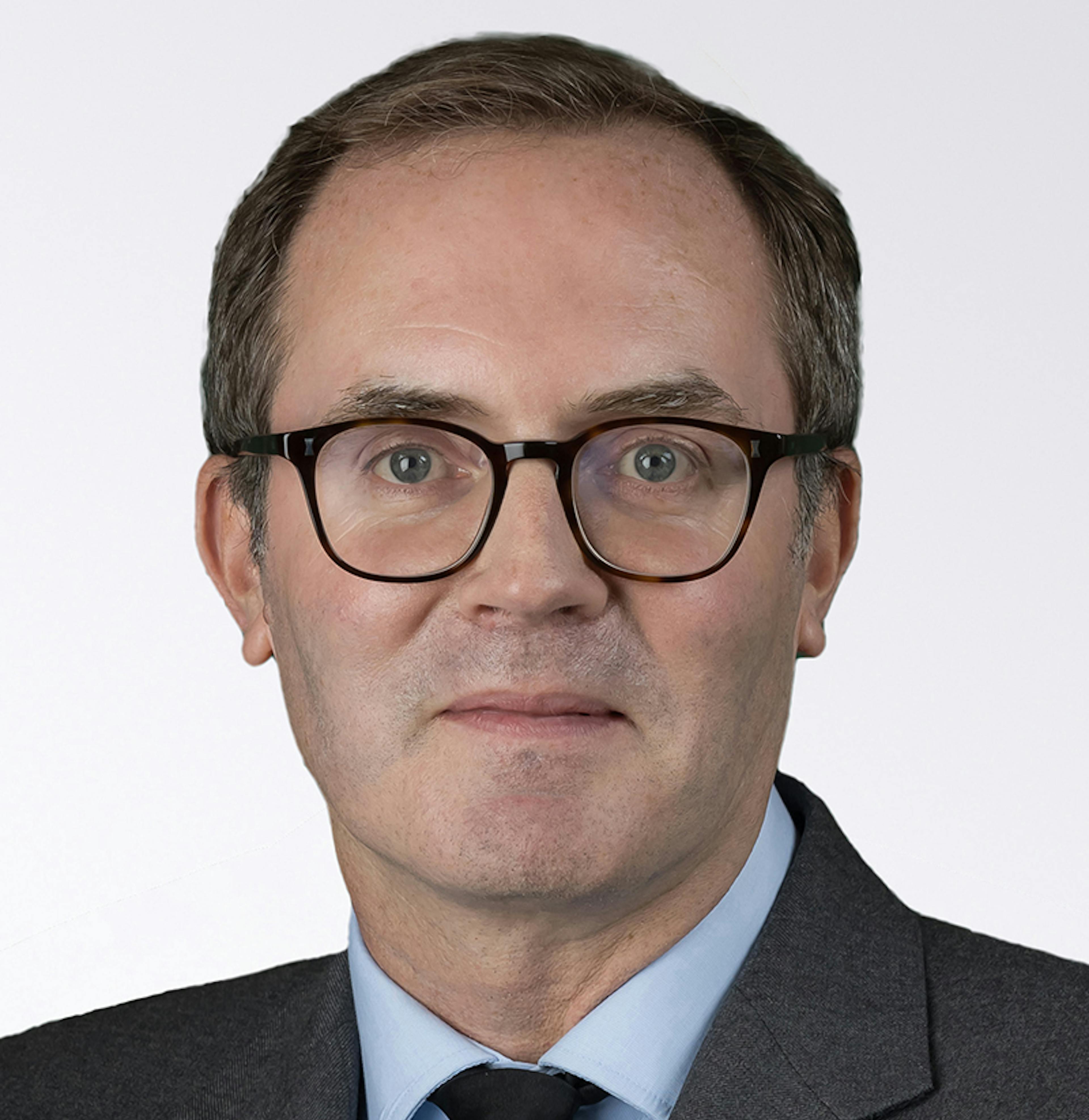Share Class
LU0992627702
A turnkey global solution to face various market conditions
- Gain access to numerous performance drivers across the world: equities, bonds and currencies
- Dynamic and flexible management to quickly adapt to market movements
- Combine long-term growth and resilience with a socially responsible approach
Key documents
Asset Allocation
Equities45.1 %
Bonds42.1 %
Other12.8 %
Data as of: 28 Nov 2025.
Risk Indicator
1
2
3
4
5
6
7
Lowest risk
Highest risk
Recommended Minimum Investment Horizon
3 years
Cumulative Performance since launch
Cumulative Performance 10 YearsCumulative Performance 5 YearsCumulative Performance 3 YearsCumulative Performance 12 Months
+ 30.3 %
+ 18.8 %
+ 3.5 %
+ 14.9 %
+ 8.7 %
To 18/12/2025
Calendar Year Performance 2015Calendar Year Performance 2016Calendar Year Performance 2017Calendar Year Performance 2018Calendar Year Performance 2019Calendar Year Performance 2020Calendar Year Performance 2021Calendar Year Performance 2022Calendar Year Performance 2023Calendar Year Performance 2024
- 0.3 %
+ 3.6 %
0.0 %
- 11.3 %
+ 10.7 %
+ 13.0 %
- 0.6 %
- 9.2 %
+ 0.4 %
+ 4.7 %
Net Asset Value
130.30 CHF
Asset Under Management
1 618 M €
Net Equity Exposure28/11/2025
42.9 %
SFDR - Fund Classification
Article
8
Data as of: 28 Nov 2025.
Data as of: 18 Dec 2025.
Past performance is not necessarily indicative of future performance. Performances are net of fees (excluding possible entrance fees charged by the distributor).
The return may increase or decrease as a result of currency fluctuations, for the shares which are not currency-hedged.
Carmignac Portfolio Patrimoine fund performance
Take a look at the Fund's performance supported by our Fund managers’ market commentary and strategy insight.
Our monthly comments
Data as of: 28 Nov 2025.Fund management team
Performance commentary
- The fund underperformed the market over the month, both in relative and absolute terms.
- Our equity stock selection weighed on performance, notably our exposure to Taiwanese and US technology names.
- Our decision to take profits on high-beta AI names such as Cadence Design and to increase our exposure to software names like Salesforce did not bear fruit, as these stocks declined in line with the broader tech sector.
- The only positive contributor came from our healthcare convictions, with positions such as Cencora and Eli Lilly showing a strong recovery.
- On fixed income, our short positioning in US rates detracted from performance, as weaker US labour market and consumer confidence data provided some support to bond prices.
- Inflation expectations also fell over the month, without any fundamental drivers, but the lack of data releases and lower oil prices weighed on inflation outlooks.
Outlook strategy
- In equities, we continue to adjust exposures selectively, trimming positions in high-beta AI names (such as Cadence and Celestica) and in expensive AI-linked industrials (Schneider, Eaton).
- We have also reduced allocations to highly valued companies showing subdued growth momentum, including O’Reilly and Linde.
- Conversely, we increased exposure on weakness to high-quality financials (Block, S&P Global), software leaders (Salesforce, Atlassian), and Mercadolibre, where we see compelling long-term fundamentals.
- In fixed income, we initiated a short position in UK rates, reflecting concerns around the country’s fiscal trajectory and renewed upward pressure on yields.
- We continue to favour attractively priced hedges—notably credit default swaps, the Japanese yen, and gold—which offer robust protection in an environment still supportive of equities and corporate credit.
- At the same time, we maintain a more cautious stance on government bonds, given fiscal risks and limited visibility on the path of real rates.
Performance Overview
Data as of: 18 Dec 2025.Past performance is not necessarily indicative of future performance. Performances are net of fees (excluding possible entrance fees charged by the distributor).
Until 31/12/2012, the reference indicators' equity indices were calculated ex-dividend. Since 01/01/2013, they have been calculated with net dividends reinvested. Until 31 December 2020, the bond index was the FTSE Citigroup WGBI All Maturities Eur. Until 31/12/2021, the reference indicator was 50% MSCI AC World NR (USD), 50% ICE BofA Global Government Index. Performances are presented using the chaining method.
Morningstar Rating™ : © YYYY Morningstar, Inc. All Rights Reserved. The information contained herein: is proprietary to Morningstar and/or its content providers; may not be copied or distributed; and is not warranted to be accurate, complete or timely. Neither Morningstar nor its content providers are responsible for any damages or losses arising from any use of this information.
Source: Carmignac at 19/12/2025
Carmignac Portfolio Patrimoine Portfolio overview
Below is an overview of the composition of the portfolio.
Asset Allocation
Data as of: 28 Nov 2025.| Equities | 45.1 % |
| Bonds | 42.1 % |
| Cash, Cash Equivalents and Derivatives Operations | 7.1 % |
| Money Market | 5.7 % |
To Access the weekly view
Key figures
Below are the key figures for the Fund, which will give you a clearer idea of the Fund's equity and bond management and positioning.
Exposure Data
Data as of: 28 Nov 2025.Equity Investment Weight45.1 %
Net Equity Exposure42.9 %
Active Share82.5 %
Modified Duration-0.7
Yield to Maturity4.5 %
Average RatingBBB+
Yield to Maturity (YTM) is the estimated annual rate of return expected on a bond if held until maturity and assuming all payments made as scheduled and reinvested at this rate. For perpetual bonds, the next call date is used for computation. Note that the yield shown does not take into account the FX carry and fees and expenses of the portfolio. The portfolio’s YTM is the weighted average individual bonds holdings' YTMs within the portfolio.
To Access the weekly view
The strategy in a nutshell
Discover the Fund’s main features and benefits through the words of the Fund Managers.
Fund Management Team

Thanks to its flexible and holistic approach to investing, Patrimoine became a synonym of an “invest and forget” solution for investors that want to gradually grow their savings over time, without worrying about market timing or economic cycles.

Jacques HIRSCH
Fund Manager
Articles that may interest you

Webconference • 18 November 2025 • English
2026 in sight: Roadmap from Carmignac Portfolio Patrimoine

Strategies insights • 7 November 2025 • English
The End of the Great Moderation: Redefining Multi-Asset Investing
1 minute(s) read

Strategies insights • 16 October 2025 • English
Carmignac Patrimoine: Letter from the Fund Managers - Q3 2025
3 minute(s) read
Did you enjoy the fund page?
Reference to certain securities and financial instruments is for illustrative purposes to highlight stocks that are or have been included in the portfolios of funds in the Carmignac range. This is not intended to promote direct investment in those instruments, nor does it constitute investment advice. The Management Company is not subject to prohibition on trading in these instruments prior to issuing any communication. The portfolios of Carmignac funds may change without previous notice.
The reference to a ranking or prize, is no guarantee of the future results of the UCIS or the manager.
Carmignac Portfolio is a sub-fund of Carmignac Portfolio SICAV, an investment company under Luxembourg law, conforming to the UCITS Directive.
The information presented above is not contractually binding and does not constitute investment advice. Past performance is not a reliable indicator of future performance. Performances are net of fees (excluding possible entrance fees charged by the distributor), where applicable. Investors may lose some or all of their capital, as the capital in the UCI is not guaranteed. Access to the products and services presented herein may be restricted for some individuals or countries. Taxation depends on the situation of the individual. The risks, fees and recommended investment period for the UCI presented are detailed in the KIDs (key information documents) and prospectuses available on this website. The KID must be made available to the subscriber prior to purchase.). The reference to a ranking or prize, is no guarantee of the future results of the UCITS or the manager.

![[Management Team] [Author] Rigeade Guillaume](https://carmignac.imgix.net/uploads/NextImage/0001/18/%5BManagement-Team%5D-Rigeade-Guillaume.png?auto=format%2Ccompress&fit=fill&w=3840)
![[Management Team] [Author] Eliezer Ben Zimra](https://carmignac.imgix.net/uploads/NextImage/0001/18/%5BManagement-Team%5D-Ben-Zimra-Eliezer.png?auto=format%2Ccompress&fit=fill&w=3840)
Market environment